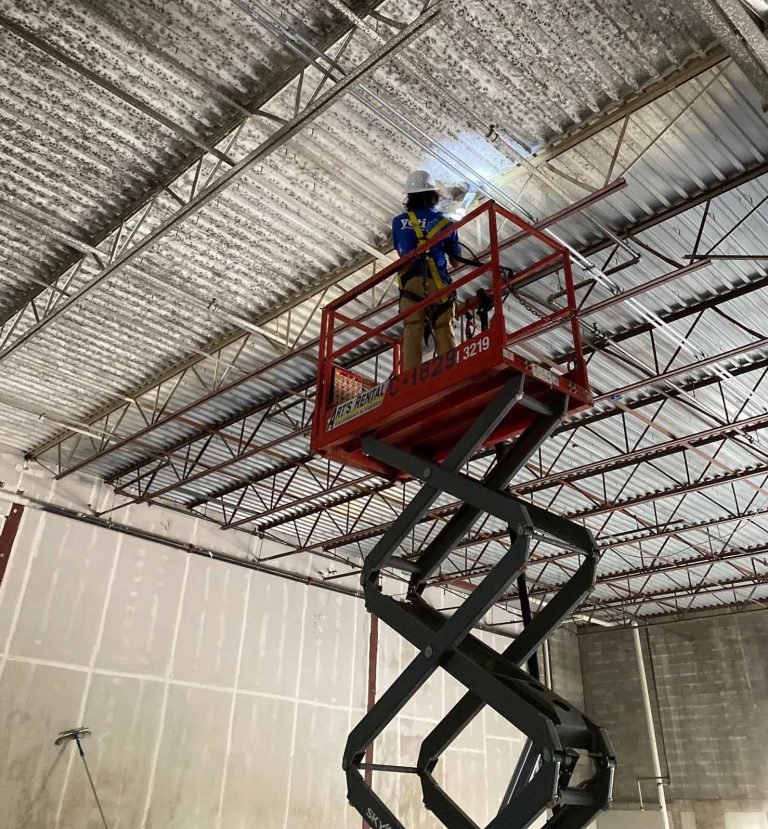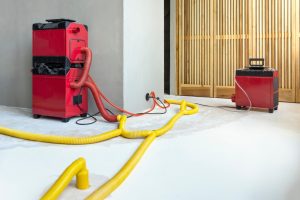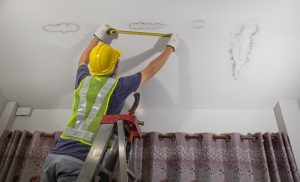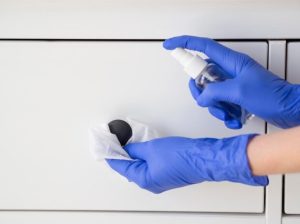We’re asked almost daily what kind of mold a client has, and if they need mold removal. Many people are kind enough to tell us what kind of mold they have because they found out online. Sometimes, what a homeowner has diagnosed will turn out to be spider poo (spiders poo too!), or a tiny insect nest, or a rusty nail, or a water stain.
In truth, they don’t know.
And even Yetis can’t tell specific mold types by looking with their eyes.
Without a great deal of knowledge, training (usually a degree), and an actual microscope, you simply can’t tell what kind of mold you have growing in your grandma’s wet basement.
And in most (possibly all, but let’s play it safe) cases, it simply doesn’t matter what type of mold you have at the office. The process for mold removal is the same for any type of mold. The critical barriers, the negative pressure strategy, and the agitation/ mold removal process remain broadly unchanged.
Please hear us right – it matters if you have it. But probably it doesn’t matter what you call it. The volume of mold and occupancy type are the key metrics to determine strategy. Let us explain!
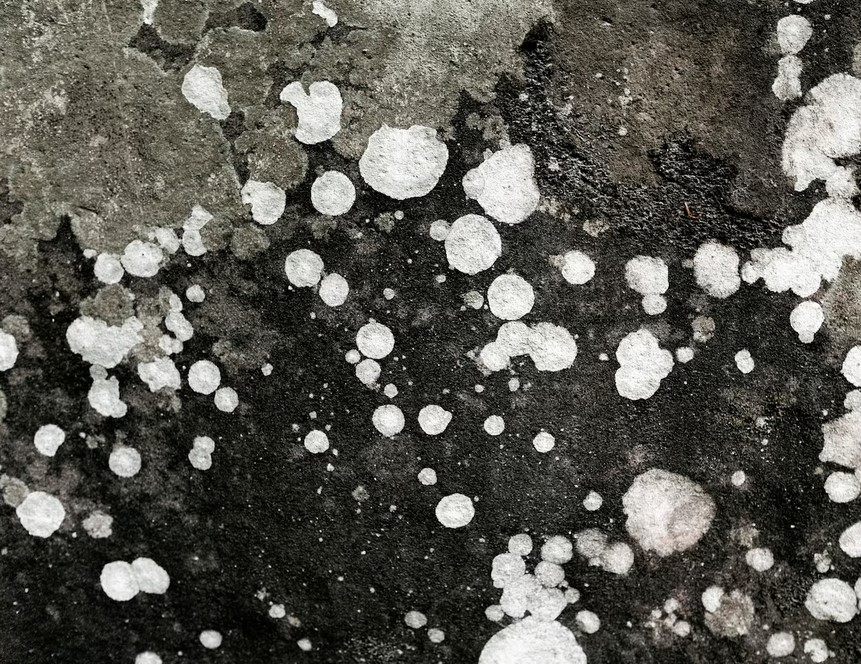
Mold Remediation in Challenging Environments
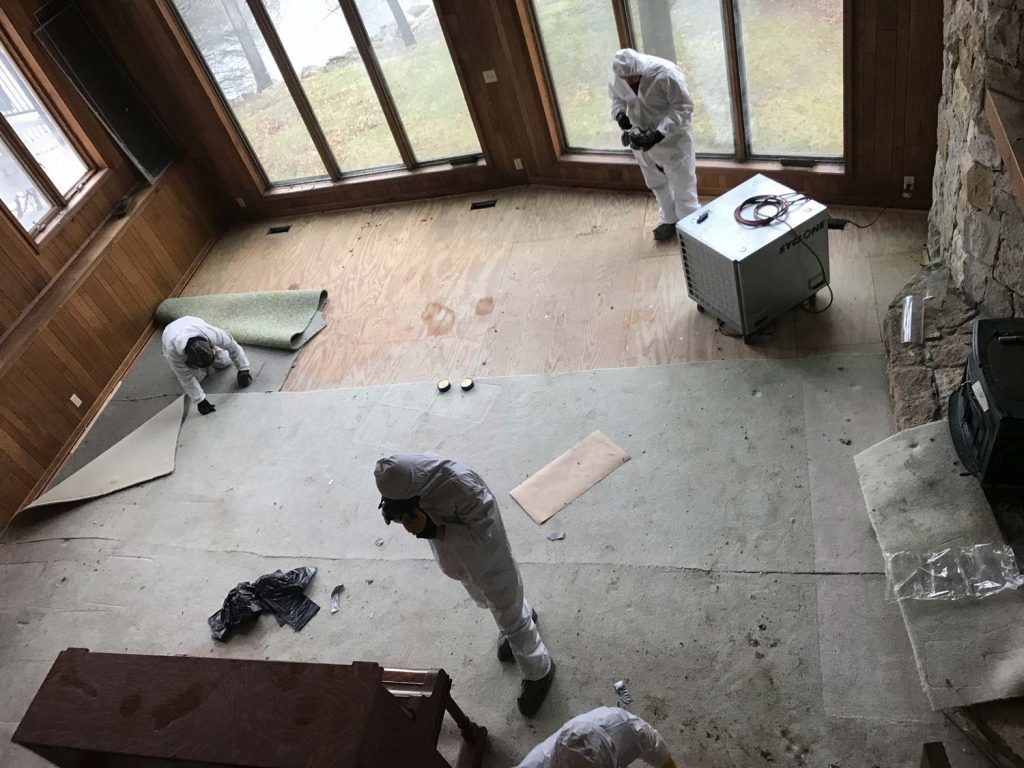
There’s mold everywhere, and on everything. It’s on you now, and it’s on your tree , car and children.
Because we can’t achieve a mold-free state, the goal of a successful mold remediation project is to achieve the same mold spore count inside as can be found outside. And that’s a moving target, in just the same way as you have more or less pollen or smog in the air on any given day.
The outside environment is known as “Condition One”. We want your indoor air quality to be as close to the outside air makeup as possible – or better. It’s good to remember that any of the “bad molds” are either a) safe in their Condition One levels, or b) non-existent in the Condition One environment, and therefore can be removed during your mold remediation project.
Like anything science-y, there’s a few times these conditions don’t translate into reality.
One quick example – when we were wrapping up a four-story mold job at a federal facility in Ohio, the outside air temperature was so low that no mold (impossible) was captured in the outside (Condition One) control sample. This meant we could only fail our clearance test, because the indoors was a heated space, and spores (while not high in normal testing conditions) were higher than the outside comparable conditions on the day.
So the volume of mold is important, and occupancy type. A nursing home we worked in had so much mold in two client’s rooms that when we touched the wallpaper, it fell off!! The mold had grown so thick behind the wallpaper that the glue was either eaten away or otherwise rendered useless, and the wallpaper was hanging on the wall by some invisible pressure miracle. Naturally, the concern level rises in a nursing home with indoor air quality concerns, or a school, versus a moldy attic or your shed. But the protocol may not change.
In this nursing home environment, we applied the same general strategy that we do in a basement or kitchen mold removal; safely remove the occupants, contain the affected area, remove the mold/ affected porous materials, and limit future growth.
There’s several consistent right steps to perform a successful mold remediation, and it’s usually a blend of science and art – or wisdom 🙂
Adapted from the book: Yeti’s Eat Mold for Breakfast, first published 2022
